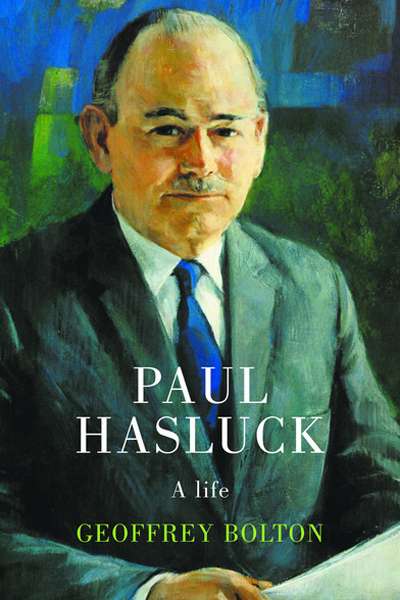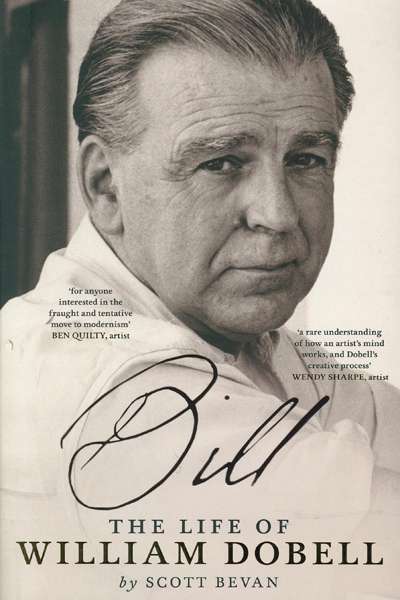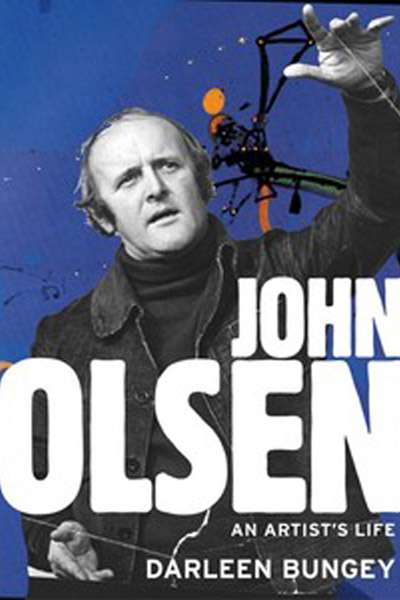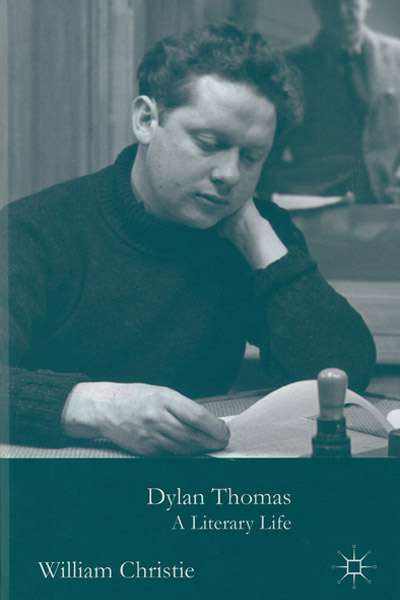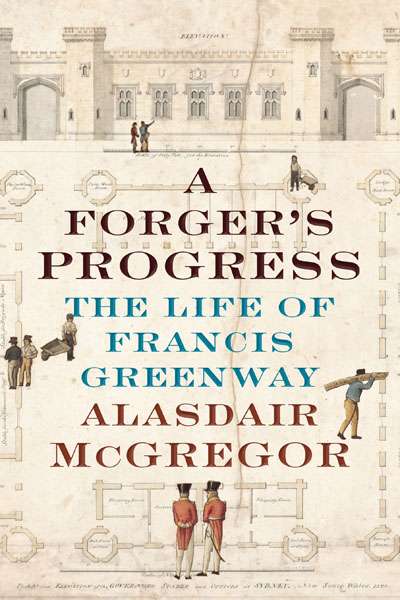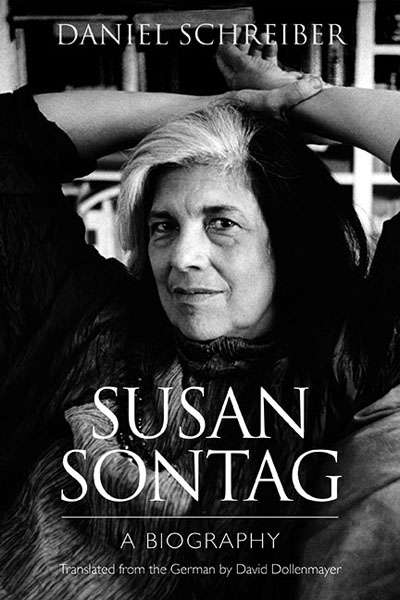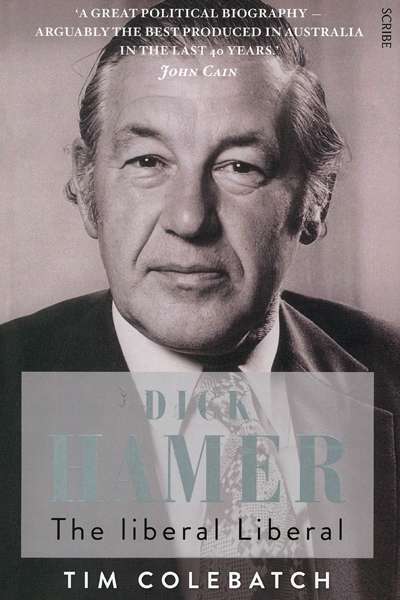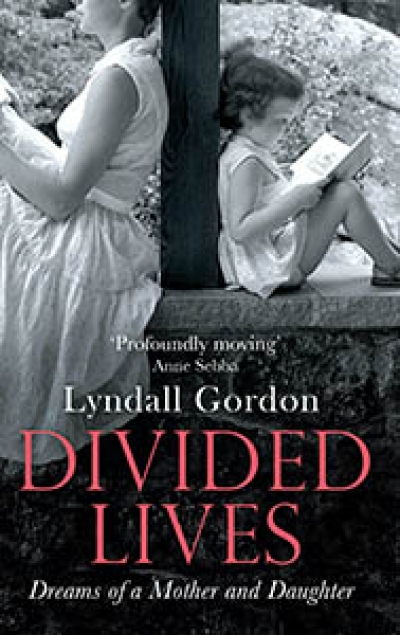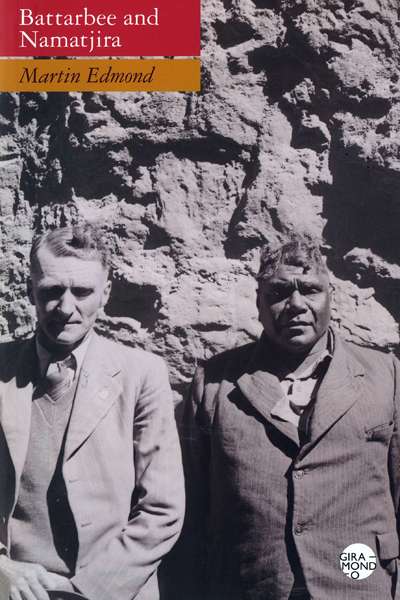Biography
Paul Keating has an enduring allure. He has been out of politics since 1996, yet in the past year or so we have seen the ABC screen an unprecedented series of four one-hour interviews with him by an unusually respectful Kerry O’Brien; a book of his sayings still sells well, his speeches and pronouncements receive wide publicity, and now historian David Day has giv ...
Geoffrey Bolton has written a fine biography of one of Australia’s eminent sons, one not well recognised or widely remembered. Paul Meernaa Caedwalla Hasluck was born in Western Australia in 1905 and rose to become an accomplished journalist, a historian, public servant and diplomat, a minister of Parliament in the Menzies era, contender and possibly logical successor for prime minister, and governor-general. Each facet of Has-luck’s governmental career displayed a selfless commitment to duty, to the notion of governmental responsibility, as well as considerable achievements in the advancement of both the people of Papua and New Guinea, and policies in the Northern Territory relating to Aboriginal welfare.
... (read more)‘He was a great bloke, a gentleman and a scholar,’ one of Scott Bevan’s interviewees says of his subject, the fêted and (at one stage) ill-fated painter, William Dobell. Like many others in the book, this interviewee got to know Dobell at Wangi Wangi, the little coastal township just south of Newcastle in New South Wales where the painter retreated for the last third of his life, following the unsuccessful but nonetheless wearing legal case mounted against him when he was awarded the Archibald Prize for portraiture in 1943. (The plaintiffs had sought to claim that the prize-winning work was a caricature.)
... (read more)Eight years ago Darleen Bungey published a revelatory biography of Arthur Boyd. She cast shadows across the ‘idyllic’ Open Country years where the extended Boyd family lived in suburban Murrumbeena and unflinchingly detailed his declining, alcoholic years at Bundanon. Bungey’s compelling new biography of John Olsen has its share of revelations. Olsen’s weak and inadequate father wound up destitute on the streets of Sydney, largely sustained by handouts from his son. Boyd was an intensely private man, friendly but reclusive. Olsen has been a public figure for most of his long career, reaching back to the early 1950s when he emerged from the Julian Ashton school as the star student of the difficult and demanding John Passmore. Boyd was dead before Bungey published her biography. John Olsen, happily, remains a boisterous octogenarian, going strong in art and life. A living subject is not always to the biographer’s advantage. Bungey can sound like a cheerleader: ‘Like Jay Gatsby, John was a man from an impoverished childhood with a mind for enquiry, a hunger for romance and a need for invention.’
... (read more)The legendary Dylan has now been dead for a century and his fumy glitter has probably faded a little. But then, how far do any poets these days really have glamour to show for themselves, no matter how hard they drink? Very few, in the Anglophone world at least: there’s nobody around like Wales’s roaring boy.
... (read more)A Forger’s Progress: The life of Francis Greenway by Alasdair McGregor
The twenty or so elegant Georgian buildings designed by Francis Greenway that stand in Sydney today are a civilising presence. Yet these represent less than a quarter of his output. The destruction has been wanton and impoverishing.
Greenway was born in November 1777, near Bristol. His father was a stonemason and builder, as had been generations of Greenways. Nothing is known of his early years, but, judging by his knowledge of literature, he probably had a respectable education. He worked in the Greenway family’s mason’s yard and spent time in London from 1797, attached in some way – maybe as an apprentice – to the architect John Nash. By 1805, Greenway was back in Bristol working with his brothers, and by 1809 he was bankrupt.
... (read more)Susan Sontag by Daniel Schreiber, trans. David Dollenmayer. & Susan Sontag by Jerome Boyd Maunsell
At the age of eight I wanted to be a novelist. By the age of eighteen, having fallen in love with an intellectual, I aspired to be a novelist with sturdy intellectual credentials. There was much work to be done. My beloved set me a course of essential reading, including Susan Sontag’s first two essay collections and her two early novels.
... (read more)Dick Hamer: The liberal Liberal by Tim Colebatch
Rupert (‘Dick’) Hamer proved to be one of Australia’s most innovative premiers. One sign of his unusual prestige is that this history of his life and times has perhaps been publicly praised more by Labor leaders than by his own Liberal colleagues.
Hamer’s family background was in the church, law, business, and politics. His paternal grandfather was the minister of the wealthy Independent Church (now called St Michael’s) on Collins Street, where he was distinguished for his highbrow sermons and the astonishingly high salary he received. Hamer was born in 1916 and was formally christened Rupert after a relative who had died at Gallipoli the previous year. He was a studious boarder at Geelong Grammar, eventually winning first class honours in three languages – Latin, French, and Ancient Greek. A school friend described him as never ‘fussed or flustered’. Those qualities remained with him. He could come home to suburban Canterbury after a turbulent week in parliament and sleep like a rock, then dig happily in the garden next morning.
... (read more)Two thirds of the way into Lyndall Gordon’s part memoir, part maternal biography, there is an episode of profound risk to the self. At the age of twenty-four, having recently moved from Cape Town to New York, Gordon is being treated for post-partum depression. This is 1966. Electro-convulsive therapy seems not to have helped, and her psychiatrist is urging longer-term treatment in an asylum in order to turn her – so it seems to Gordon – into the self-sacrificing wife and mother her own mother had wished her to be. Her husband, who has hitherto supported Dr Kay, makes a sudden turn. ‘Do something with your life … I’ve always thought you could write biography.’
... (read more)There was something of the alchemist in Albert Namatjira. Using the most liquescent of media, he created impressions of the driest terrain. Painting in watercolour involves the fluid dispersal of pigment. Yet in Namatjira we find colours distilled in such a way that each landscape glows with a quiet intensity. This evocation of light reveals the influence of Rex Battarbee, who, long before he began to tutor his famous protégé, voiced dissatisfaction with ‘traditional methods’. He developed a painting technique of his own, specifically designed to ‘achieve luminosity’. Like many an inventor, he was cautious about sharing his discovery, in part because he believed that artists should develop on their own terms. But Namatjira was so keen an observer of his then master that he would have realised if Battarbee had withheld information. So Rex decided to teach him everything he knew, both for the sake of Namatjira, whom he clearly adored, and more generally and altruistically ‘for the sake of the Aborigines’.
... (read more)


